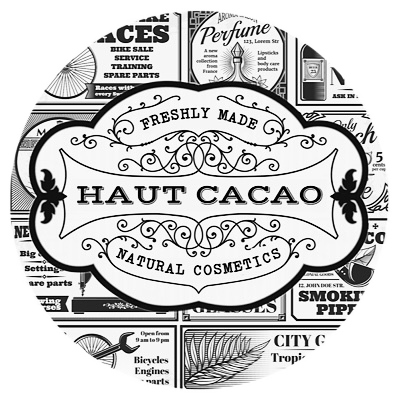ingredients
Certified Organic herbs from India, USA and Europe.
Ingredients: Slippery Elm, Licorice Root and Marshmallow Root.
“If we can create a more suitable intestinal environment for more beneficial bacteria, and repopulate the gut with colonizing probiotics that will rebuild a healthy microbiome, this is a great step towards digestive health and self-sufficiency without taking lifelong probiotics.” Excerpt From: Douillard, John. “Eat Wheat: A Scientific and Clinically-Proven Approach to Safely Bringing Wheat Back Into Your Diet.”
benefits
The roots of the marshmallow plant contain a thick, gummy substance called mucilage. The mucilage is extracted from the root and used for medicinal purposes. In addition to mucilage, the root extract contains a number of other ingredients that promote skin health, such as polysaccharides and flavonoids.
Traditionally, it has been used to treat skin burns and insect bites. But as scientific studies have determined that it possesses antimicrobial, anti-inflammatory, and immunomodulatory effects, the clinical uses of this amazing herb have expanded.
slippery elm Although it works differently than some other laxatives, it seems to improve symptoms of constipation, IBD and IBS, including in both adults and children. The fresh inner bark can be used in place of, or along with, other natural laxatives. Slippery elm has also been shown in certain studies to treat diarrhea and diverticulitis. Additionally, it may help protect against ulcers and excess acidity in the GI tract because it causes reflux stimulation of nerve endings, and that reaction leads to increased mucus secretion.
In addition to mucilage, research demonstrates that slippery elm contains antioxidants and antimicrobial agents, making it a great remedy for wounds, burns, boils, psoriasis and other external skin conditions triggered by inflammation. Slippery elm has been shown in certain studies help patients with psoriasis, a condition that currently has no cure.
Licorice root is so complex that researchers have isolated 134 different compounds in the glabra variety and 170 in Chinese licorice. Obviously, we don’t have time to discuss them all and researchers learn more about compounds in herbs every day. But there are at least four main types of compounds found in licorice root: flavonoids, coumarins, triterpenoids and stilbenoids.
There are countless compounds and variations within each categorization, but we can generally understand a compound by its type:
- Flavonoids: Flavonoids, for example, are responsible for a plant’s deep pigment (like the blue in blueberries or the black in black licorice) and are usually rich in antioxidants and anti-inflammatory, among other benefits.
- Coumarins & Stilbenoids: Coumarins and stilbenoids are polyphenols that are often anti-inflammatory and antibiotic.
- Triterpenoids: Triterpenoids are typically stronger in nature and sometimes include steroidal substances.
tips for best results
The following is a 2-step comprehensive plan for restoring gut health:
1. Support intestinal mucus membranes by bringing your elimination back into balance with this soluble-fiber tea made from a slippery elm, licorice root, and marshmallow root mixture to create the best possible environment for healthy microbes to thrive.
2. Introduce healthy, colonizing probiotics (Gutpro/MegaSpore) for a few months—instead of the rest of your life with transient probiotics—to help establish new beneficial, permanent bacterial residents to proliferate in your gut and enhance your health and digestion.
Directions:
1. Soak 3 or 4 tablespoons of the pre-mixed herbs in 2 quarts of water overnight. (Soaking overnight is not mandatory, but it gives you a stronger decoction.)
3. Boil the mixture down to 1/2 quart in the morning.
4. Strain the mixture through a metal strainer, using a large spoon to push it through.
5. Save the liquid and discard the herbs. (This should make 2 cups).
6. Take 1 tablespoon of the liquid every 2 hours on an empty stomach for 1 month, and sometimes for 2 months if needed.
Note: If there is an overgrowth of undesirable bacteria in the small and large intestines, There is clinical success adding a beneficial yeast called Saccharomyces Boulardii, which has been shown to knock out undesirable yeast and bacteria in the digestive tract.


















